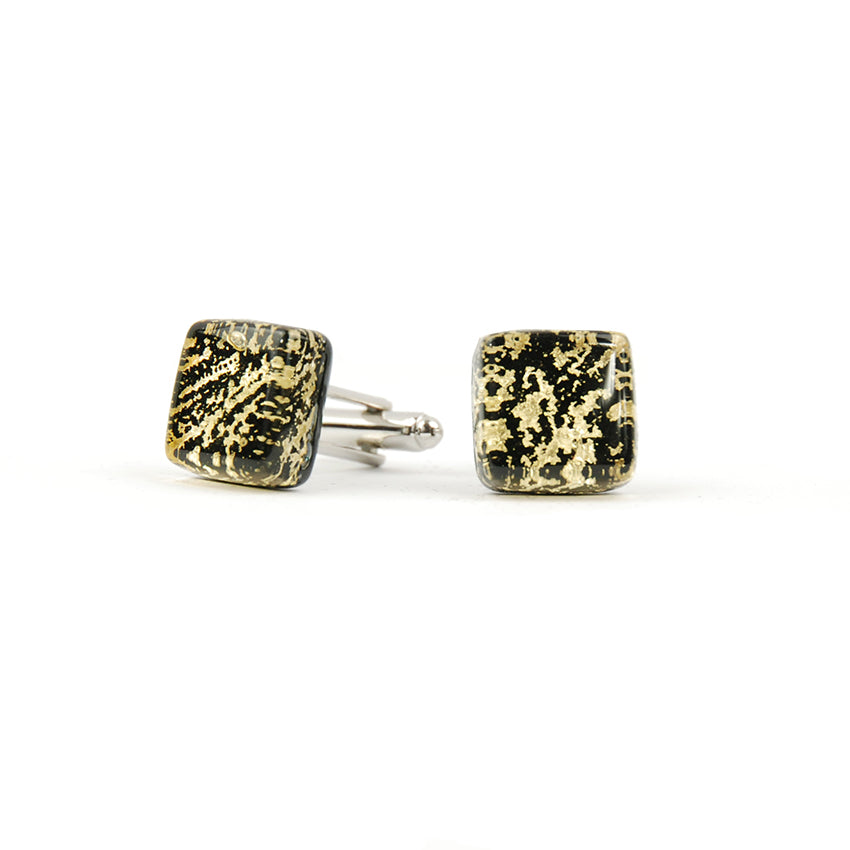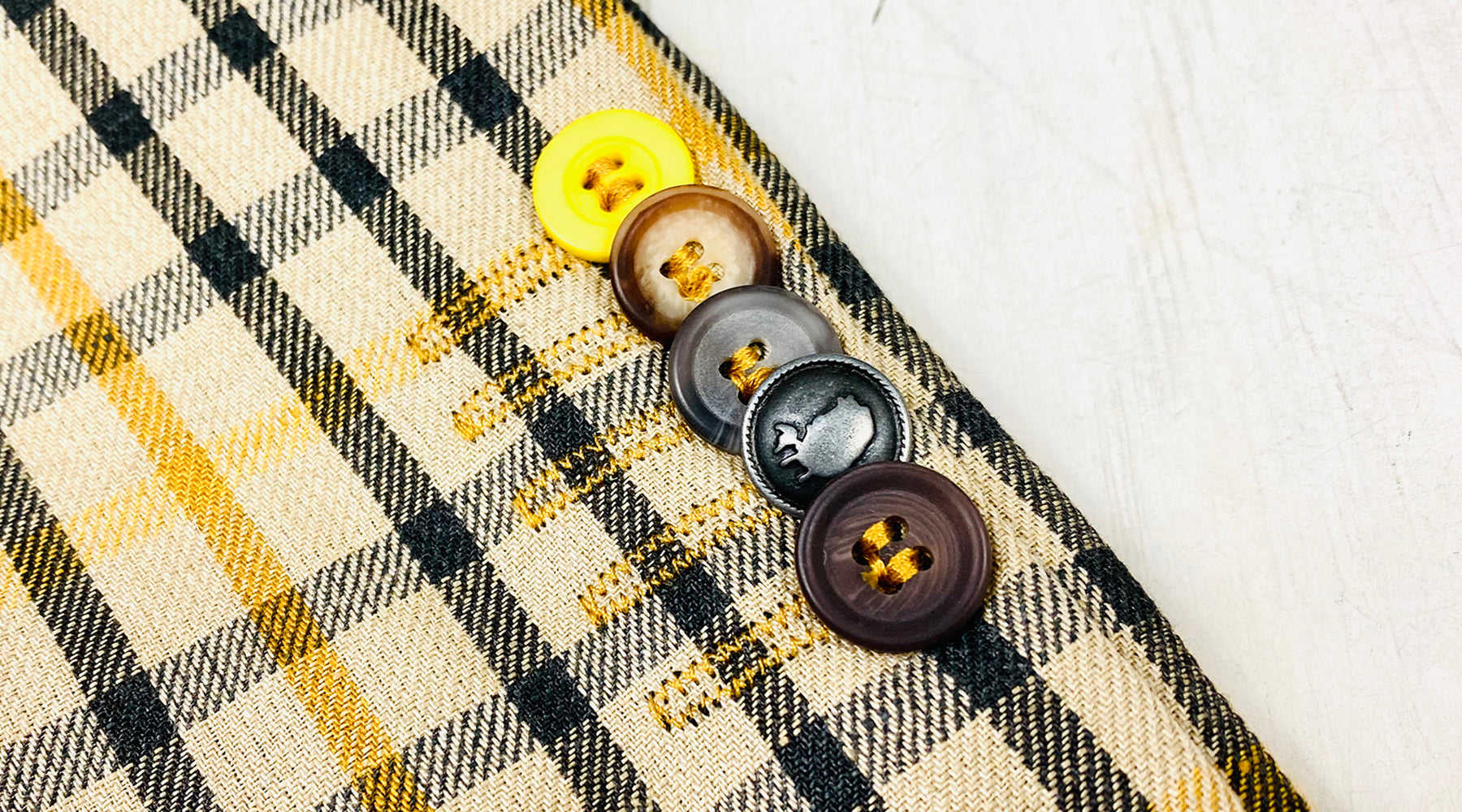Article: Cufflinks

Cufflinks
Cufflinks are a man's jewelry, with a selection ranging from simply beautiful silk knots to mechanical works of art made from watch movements and everything in between.
The purpose of cufflinks is to close the end of the sleeve, i.e., the cuff. I previously wrote about the buttons on the sleeve of a coat, where the original reason was explained: when starting work, the sleeves had to be rolled up. For the same reason, the ends of the sleeves were designed to be rolled up. However, instead of buttons, cufflinks began to be used among gentlemen. The word 'kalvosinnappi' is not well-rooted in the Finnish language because it is not actually a button. The English term 'cuff link' (a free translation would be 'sleeve link') is, in my opinion, better.

Cufflinks have retained a small taste of luxury and are one of the most common gifts that are easy to give to a man, as they are not too personal like a necklace or ring. Additionally, with cufflinks, you can give a matching tie clip or even a bow tie.
When choosing cufflinks, it's worth considering what kind of shirt they will be paired with. About 80% of shirts purchased are white and blue, so this can serve as a small guide for the gift giver. For a blue shirt, rosewood or red-toned cufflinks match well. For formal occasions, black cufflinks are always a safe choice. When selecting cufflinks, it's best to avoid cheap trinkets that might lose their color, which could ruin an expensive shirt. Additionally, trinkets may cause allergic reactions to the wearer.

Nowadays, most shirts on the market only have button closures at the cuff. Fortunately, many shirt manufacturers have started adding holes for cufflinks as well, much to the delight of us cufflink users. In this case, there is a hole between the buttons at the cuff, see the picture below. In a genuine cufflink shirt, regular buttons are not needed at all.

